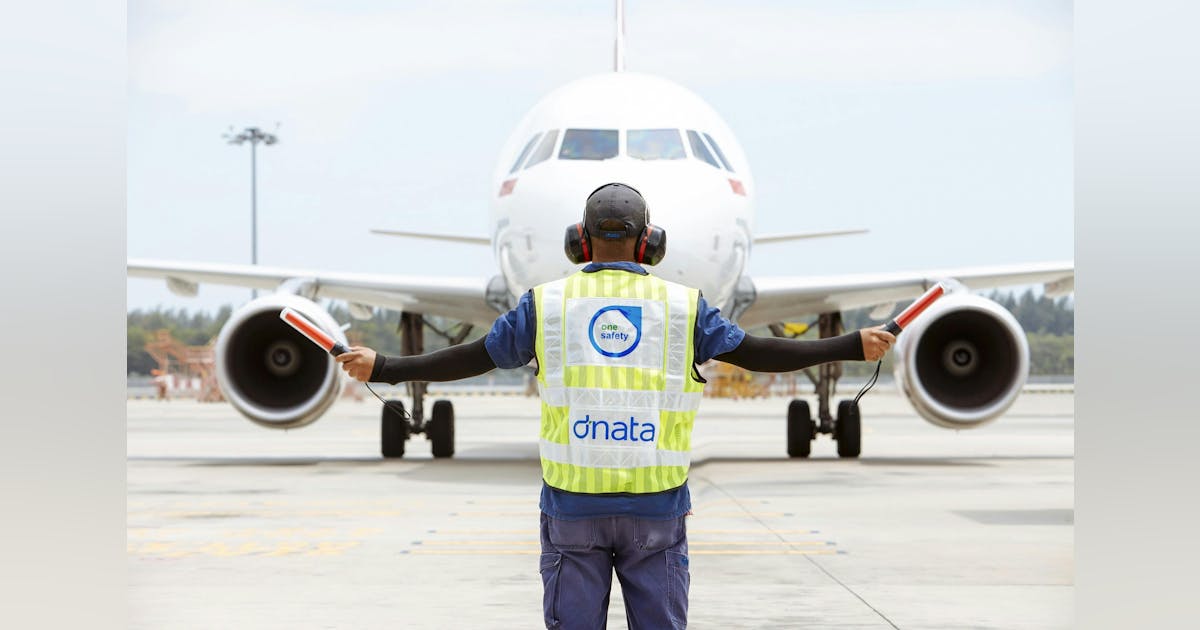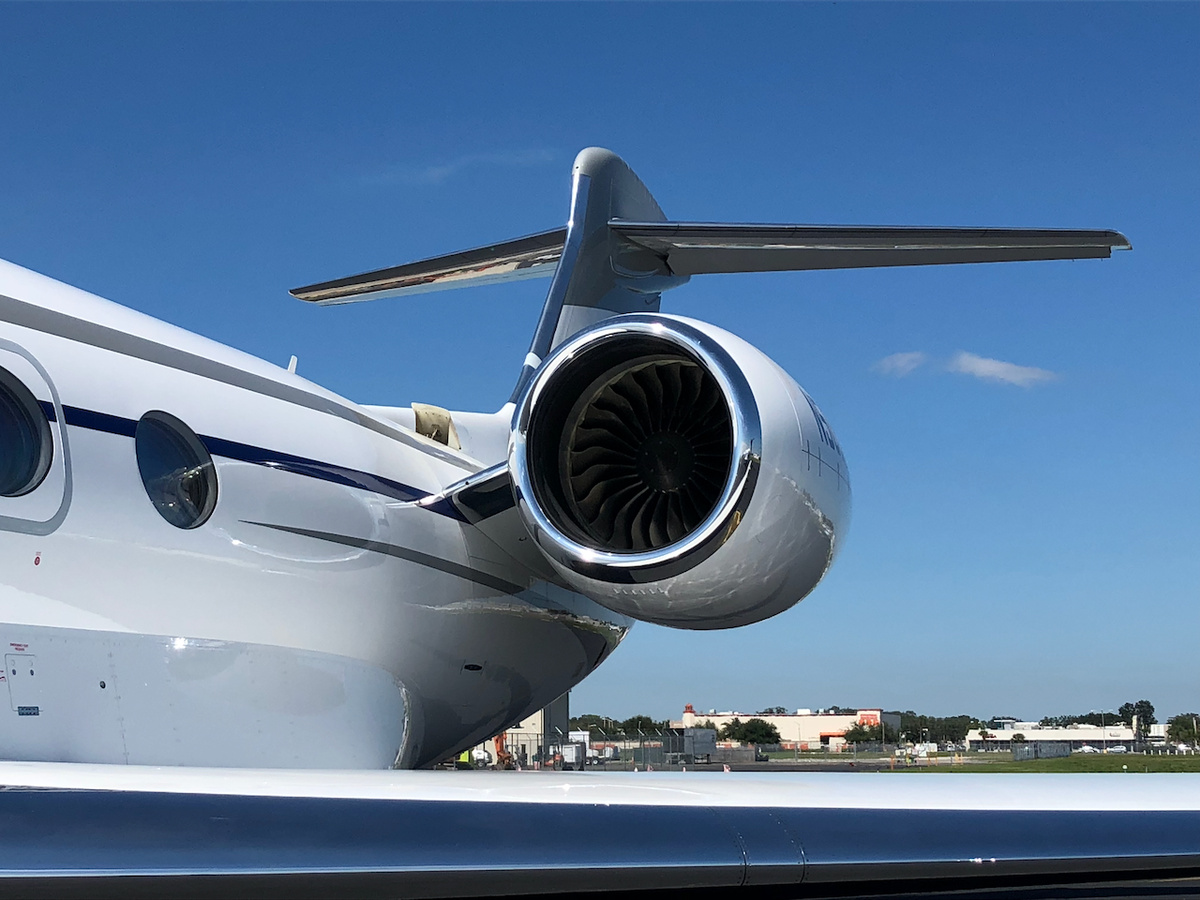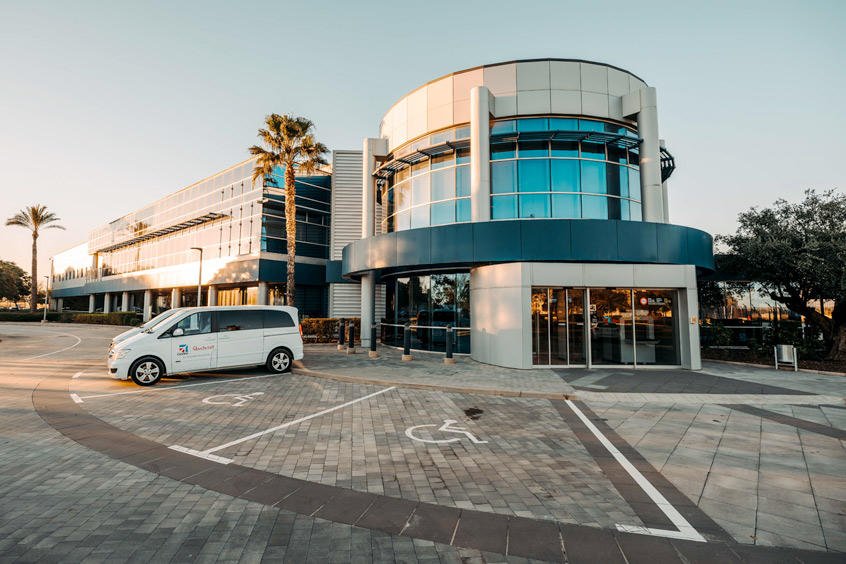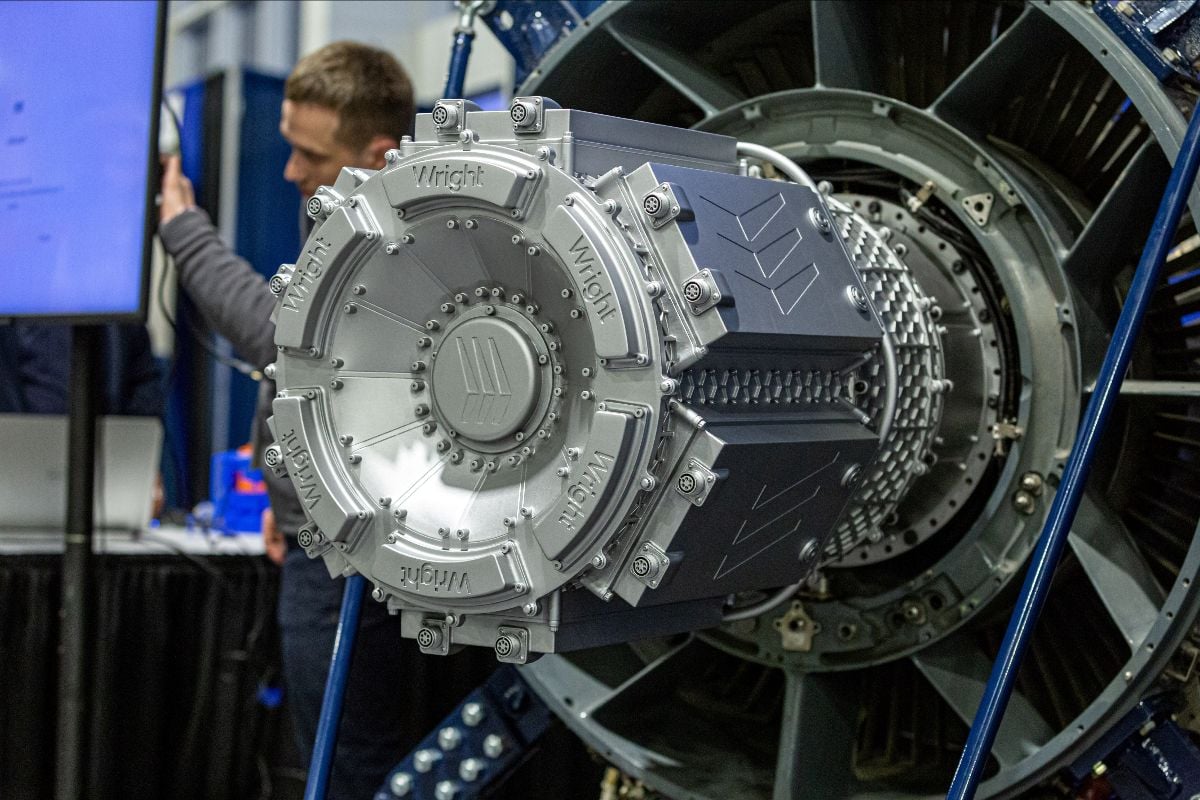
Sustainability is an important subject in the aircraft ground handling industry. As a result, ground handling companies are increasingly promoting or being involved in sustainability initiatives.
Across the Asia Pacific region, there are many leading examples of sustainability projects being implemented.
There are multiple parties leading sustainability initiatives in aircraft ground handling. This varies from airport to airport, but in general it is the airports, airlines and ground handling companies that are leading the green initiatives, observes Steven Ng, sales director at ITW GSE Asia Pacific.
“Airports all over the world are beginning to think greener and almost half of global passenger traffic passes through airport carbon accredited airports,” he says. “To date, more airports are showing greater interest in reducing their environmental impact. Often large airports are located close to major cities, meaning cities and airports are coming into ever-closer contact. This leads to stricter requirements in terms of acceptable emissions levels, resulting in a growing interest in electrically powered ground power units (GPUs) and pre-conditioned air (PCA) units, which effectively address the airports’ sustainability goals.”
According to Wilson Kwong, chief executive of Hong Kong Air Cargo Terminals Limited (Hactl), the fragmented and multifaceted nature of the sector does imply that any sustainability direction must be undertaken by multiple interest groups such as airport authorities, ground handling groups and airlines.
“This inevitably slows progress. On the other hand, we are seeing evidence of increasing interest in sustainability in the area of cargo handling, which has long been held back because of limited options for eco-friendly GSE,” he says. “In our own case, our initial interest had to face the limited availability of top-end electric GSE, capable of coping with the heavy weights and intensive use cycles we need. That is now changing, but we are meanwhile focussing on areas which are potentially more productive: such as the use of biodiesel in existing internal combustion engine (ICE) -powered equipment, and our latest move to autonomous electric tractors to tow cargo dollies – helping to solve the challenge of recruitment as well as reducing our carbon footprint.”
Within Malaysia’s AeroDarat, ground handling sustainability initiatives mostly come from the collaborative effort between the project management office and the aircraft services and ground support equipment business unit.
“The industry and its people are becoming more aware on the impact of sustainability; thus, spark of interest was seen in last few years to embark on sustainability journey. In our context, we are committed in supporting the sustainability mission of our parent company, Malaysia Aviation Group (MAG), to achieve net zero carbon by 2050. Hence, business entities across MAG are coming out with multiple initiatives to ensure the target is achievable,” explains Mohamad Khairi Ngadiran of AeroDarat’s project management office.
Charles Galloway, dnata’s regional CEO, airport operations – Asia Pacific, highlights that aircraft ground handling sustainability initiatives are an important part of dnata’s green operations strategy.
“This is reflecting our pursuit of the highest standards of environmental efficiency throughout our operations. We are steadfast in our dedication to achieving a 20 percent reduction in both carbon footprint and landfill waste by 2024, followed by a more ambitious 50 percent reduction by 2030,” he says.
From a sustainability standpoint, dnata is continuing to drive digitalization efforts across cargo operations in both Australia and Singapore.












